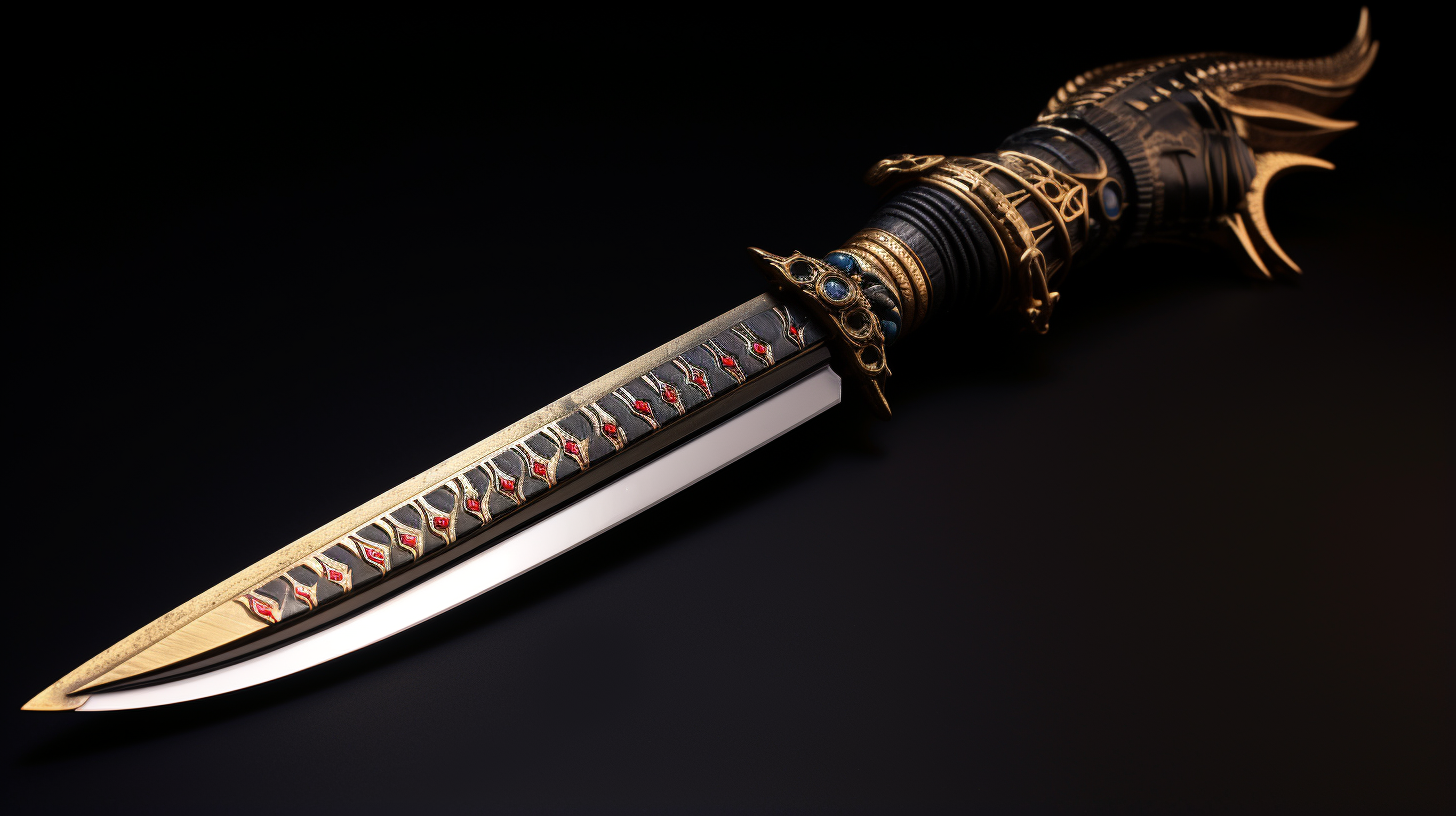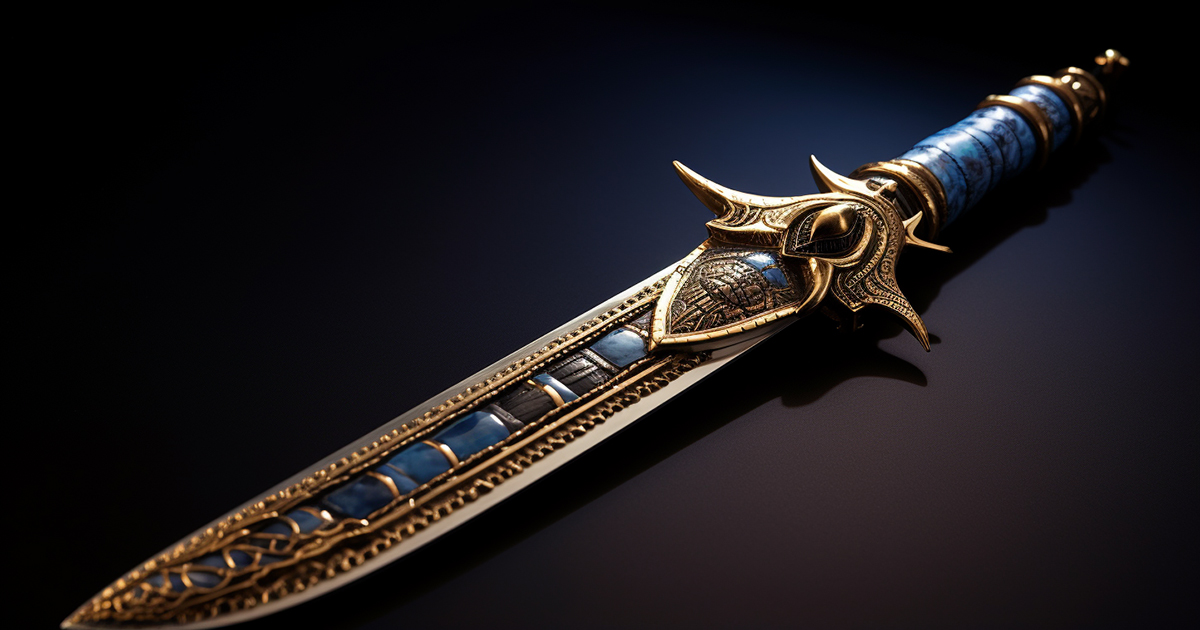It was the year 1923 when the astonishing discovery of King Tutankhamun’s tomb took place on February 16 in the Valley of the Kings, Egypt, marking a pivotal moment in the field of archaeology.
A bold expedition led by the intrepid explorer Howard Carter unveiled a concealed chamber that had remained sealed for more than three millennia, revealing a collection that left the team awestruck.
Among the array of treasures carefully arrayed within the tomb, a singular item emerged as exceptional – a finely crafted 13-inch iron dagger, snugly ensconced in a golden sheath embellished with a complex feather motif.
Far beyond its aesthetic appeal, this dagger held a profound significance that transcended its outward beauty, particularly in light of its placement on King Tutankhamun’s thigh.
During the ancient era of 1330 BC, this dagger was not merely a royal adornment; it was believed to harbor divine energies bestowed by the gods themselves.
Regarded as an indispensable implement for King Tut’s journey into the afterlife, it was tasked with aiding the sun deity Ra in his nightly voyage through the treacherous underworld.

As Ra traversed the dark abyss teeming with ominous entities, King Tut’s dagger served as his shield against the looming threats.
While the notion of an iron dagger possessing mystical and spiritual attributes may seem perplexing in contemporary times, it was a firmly entrenched belief in ancient Egypt, imbuing it with a significance surpassing its physical form.
The enigmatic origins of this artifact added a layer of intrigue, confounding historians for centuries to come.
During Tutankhamun’s reign, Egyptians lacked the knowledge to forge iron, rendering the dagger’s iron composition even more enigmatic.
Recent scientific investigations have revealed that the dagger’s iron originated from a meteorite, descending from the heavens to Earth, thus linking it to divine origins in Egyptian cosmology.
The suggestion that King Tut’s dagger wielded otherworldly powers due to its extraterrestrial essence sparks riveting debates, with some positing that its spiritual significance transcends mere symbolism.
By alluding to a series of mysterious deaths following the dagger’s extraction from King Tut’s tomb, a narrative reminiscent of the ancient curses associated with disturbed pharaohs’ final resting places begins to emerge.
The eerie circumstances surrounding the fatalities that ensued post the dagger’s removal reinforce the belief in a doomed fate for those who interfered with the pharaoh’s possessions.
The untimely passing of Lord Carnarvon, the expedition’s benefactor, a mere four months after the tomb’s discovery, attributed to an unusual form of blood poisoning, marked the commencement of a string of premature deaths among team members.
According to advocates of the curse theory, the dagger, intended for King Tut’s safeguard in the afterlife, harbored a mysterious force that was unleashed upon its removal by unwitting excavators.
Amidst the conjectures surrounding the curse, the dagger assumes a pivotal role, entwined with the tragic fates of those who crossed its path.
Video:
While the enigma of King Tut’s dagger endures, presenting a captivating tale, one certainty remains evident: it provides insights into the intricate beliefs and rituals of ancient Egypt. Whether viewed as a celestial offering or a symbol of spiritual protection, the dagger’s narrative reflects humanity’s perpetual intrigue with the inexplicable and mystical aspects of history.
